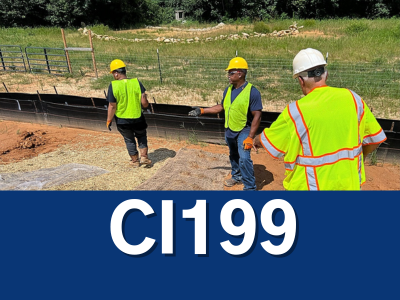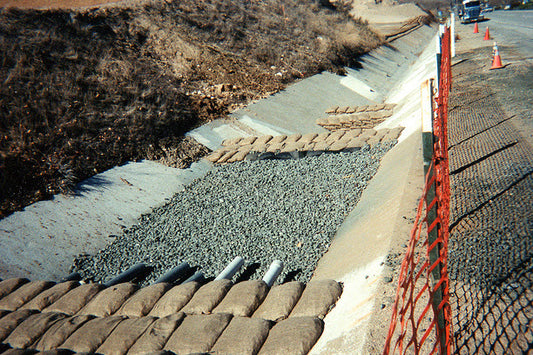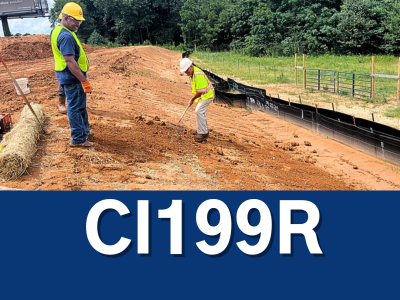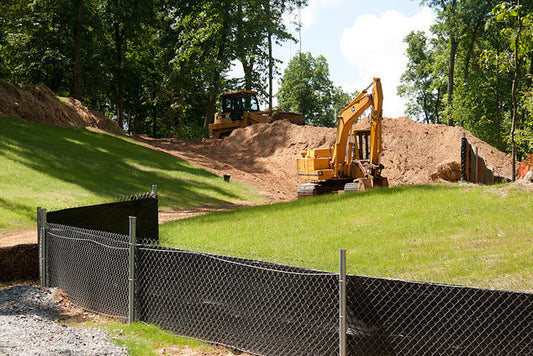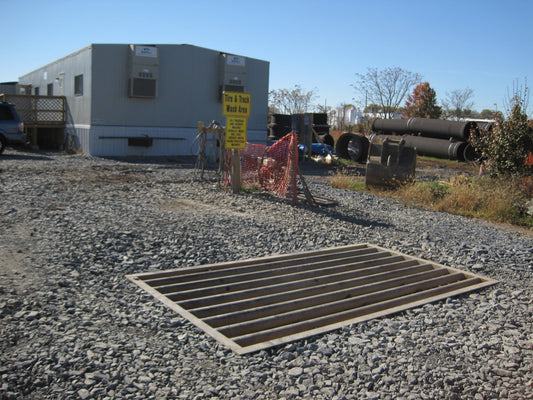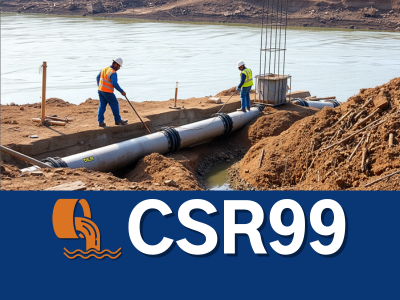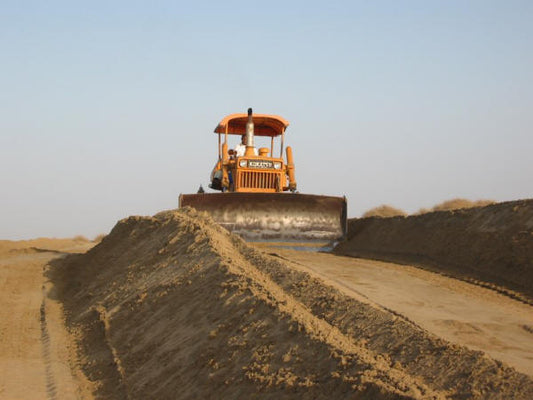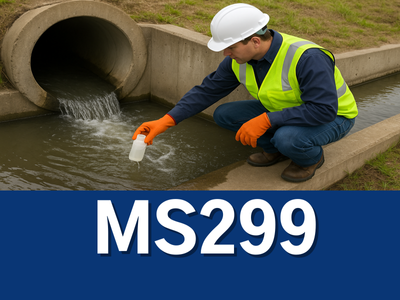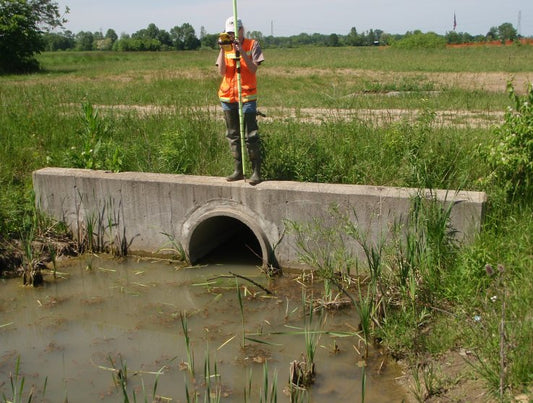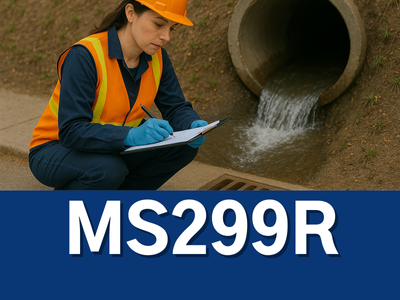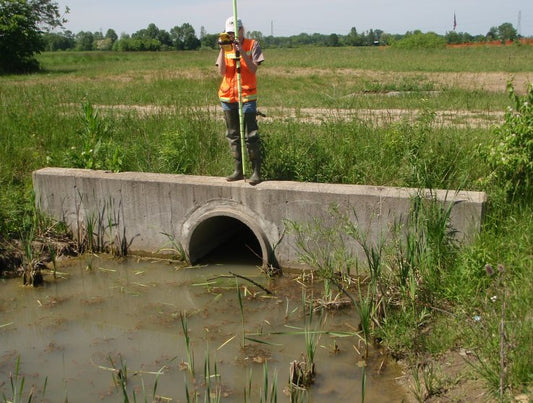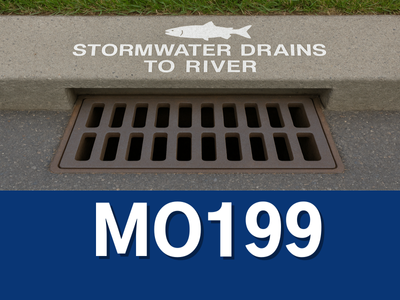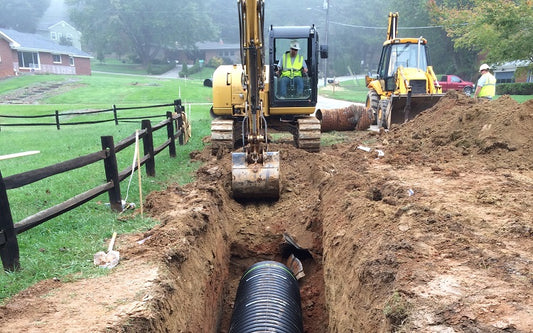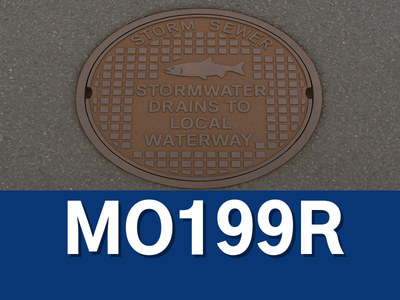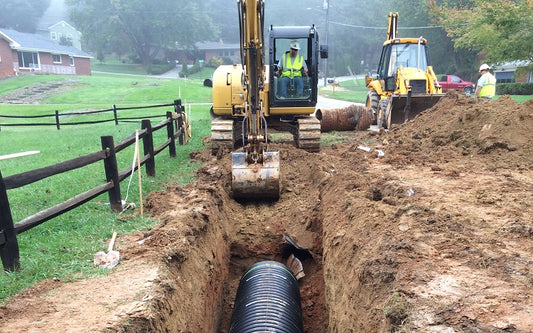The state of Ohio and the Ohio Environmental Protection Agency (EPA) administer a permitting program designed to document construction activity in the state and require practices that keep pollutants out of the waters of the State. Ohio’s permitting program, which is mandated in the Clean Water Act, is part of the NPDES (National Pollutant Discharge Elimination System) Permitting Program and has paralleling rules and regulations for point source pollution and stormwater discharges.
The goal of Ohio’s Stormwater Permitting Program is to eliminate the following impacts to which water bodies of the State are subjected from construction sites:
- The addition of pollutants, especially sediment, to rainwater running off of construction sites during construction, or land-disturbing activities.
- Make long-term land-use changes that alter the hydrology and pollutant loading of rivers, lakes and streams within the state of Ohio.
As per the Ohio EPA, if a site owner or operator’s construction project whose construction activity (any clearing, grading, excavating, grubbing and/or filling activities) disturb one (1) or more acres of land, or if the project disturbs less than one (1) acre but is part of a larger plan of development or sale, he/she is required to attain coverage under a general permit to discharge stormwater from the project site.
In order for a project owner or operator to attain coverage under the general permit and discharge stormwater associated with construction activity, he/she must submit a Notice of Intent (NOI) application. In the NOI must be a Storm Water Pollution Prevention Plan (SWP3). The SWP3 must: (1) be prepared in accordance with sound engineering and/or conservation practices by a professional experienced in the design and implementation of standard erosion and sediment controls and stormwater management practices addressing all phases of construction; (2) identify potential sources of pollution which may reasonably be expected to affect the quality of stormwater discharges leaving the construction project; and (3) describe and ensure the implementation of Best Management Practices (BMPs) that reduce the pollutants in stormwater discharges during construction and pollutants associated with post-construction activities to ensure compliance with the general permit.




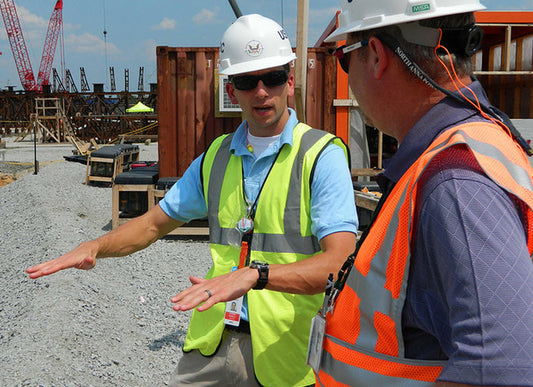








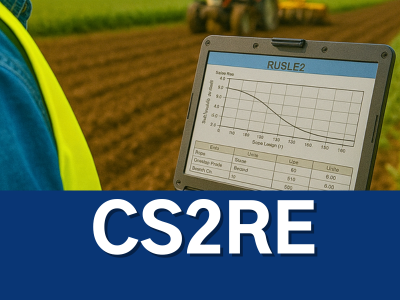
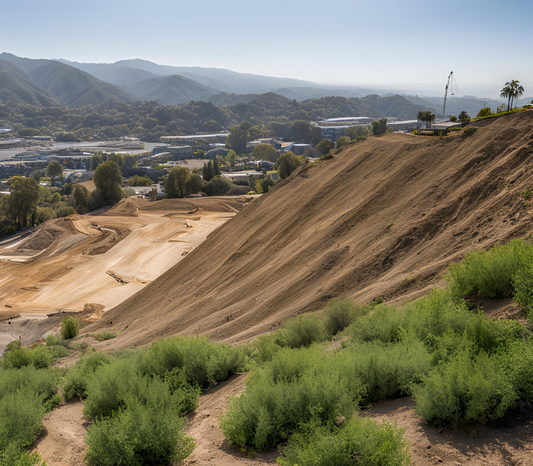

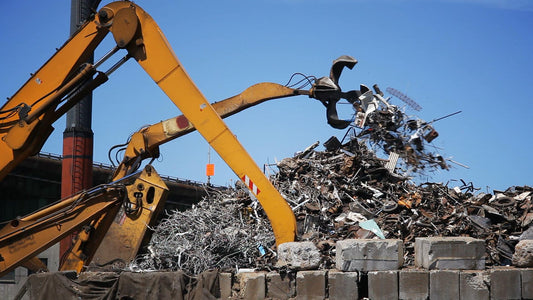




![Stormwater Management for Construction Activities - ADVANCED (Contractors, Field Maintenance, Foreman) [U.S.]](http://stormwaterone.com/cdn/shop/files/CI199A.png?v=1758811709&width=533)
![Stormwater Management for Construction Activities - ADVANCED (Contractors, Field Maintenance, Foreman) [U.S.]](http://stormwaterone.com/cdn/shop/files/214_4333_Swale_20and_20Sand_20Bags_0bb88123-72fa-40b8-8f8d-e3d7edc4b279.jpg?v=1758811709&width=533)
